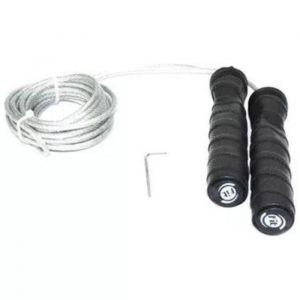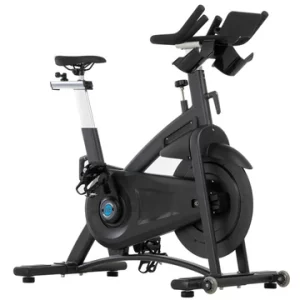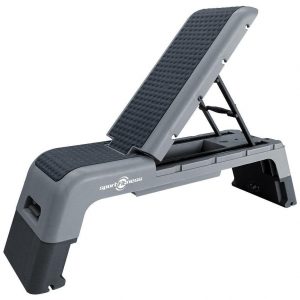Ejercicios para iniciar el año cumpliendo tu propósito
Mejora tu capacidad cardio respiratoria
Año nuevo, propósitos nuevos, enero siempre será el mes por excelencia para retomar la actividad física y generar la disciplina que te permitirá conseguir todos los logros físicos que te propongas. Por eso desde Tienda Sport Fitness queremos recomendarte una rutina enfocada en aumentar tu capacidad cardio respiratoria para que empieces a acondicionar tu cuerpo.
Esta rutina está diseñada para que puedas realizarla en casa y su intención es generar resistencia para que paulatinamente puedas incrementar la intensidad en tus ejercicios. En nuestra página web encontrarás todos los implementos necesarios para complementar esta rutina de Total Body.
Rutina para cumplir tus propósitos:
● Calentamiento: inicia con 10 minutos de activación puedes caminar, saltar lazo o ejercicios de cardio hit como escaladores.
● Tren superior: los siguientes ejercicios se realizan de 4 series de 6 repeticiones cada una:
– Push up o flexiones de pecho: la idea es realizarlas en un nivel básico con las rodillas apoyadas, buscando cuidar la postura. Recuerda que lo importante es que el pecho toque primero la colchoneta.
– Remo con mancuernas: con este trabajarás los bíceps, dorsales y trapecio. Recuerda elegir un peso adecuado para ti.
● Ejercicios de abdomen: utilizando una colchoneta para evitar lesiones, la idea es realizar este ejercicio por un tiempo de 30 segundos, 4 series:
– Plancha con flexión de antebrazos: este ejercicio consiste en generar tensión en el core y si es bien realizado fortalece los músculos de la espalda y abdominales.
● Ejercicios para el tren inferior: estos ejercicios no requieren elementos, pero a medida que avances con la rutina puedes implementar bandas para generar mayor resistencia y tonificar los músculos.
– Sentadilla isométrica: realiza 4 series de 30 segundos cada una, lo ideal es mantener la espalda recta y no forzar las rodillas. Con este ejercicio fortaleces tus piernas y mejorarás tu equilibrio.
– Avanzada: para este ejercicio puedes incluir las bandas y realizar 6 repeticiones por cada pierna para un total de 4 series
● Termina la rutina con unos 15 minutos de cardio para seguir activando el gasto calórico.
Recuerda que toda rutina debe ser complementada con una alimentación balanceada y hábitos saludables que te ayuden a conseguir todos los propósitos que te propongas. Desde Tienda Sport Fitness deseamos acompañarte en este nuevo año con todos nuestros implementos deportivos para que te mantengas en forma.
Nuestros destacados

Set De Movilidad 3 EN 1 – Sport Fitness 71465
Original price was: $118.795.$95.036Current price is: $95.036. IVA Comprar Ahora
Lazo Para Salto JR4317 – Sport Fitness 71588
Original price was: $63.398.$50.718Current price is: $50.718. IVA Comprar Ahora
Bicicleta Spinning Magnética Benevento – 70396
Original price was: $3.590.517.$2.872.413Current price is: $2.872.413. IVA Comprar Ahora





